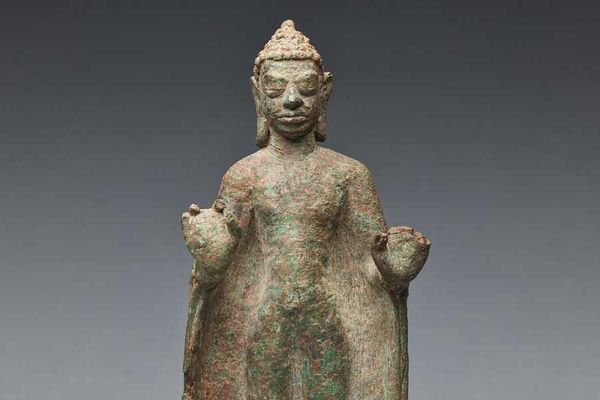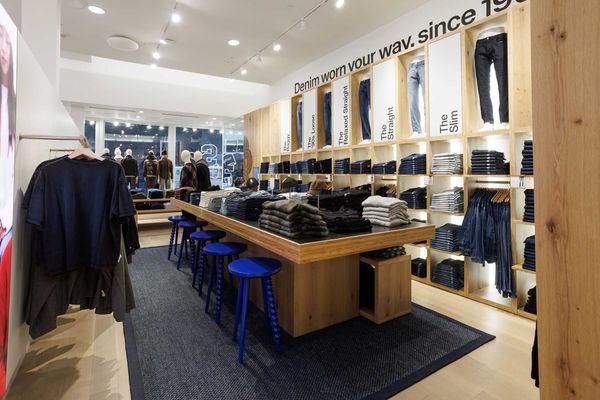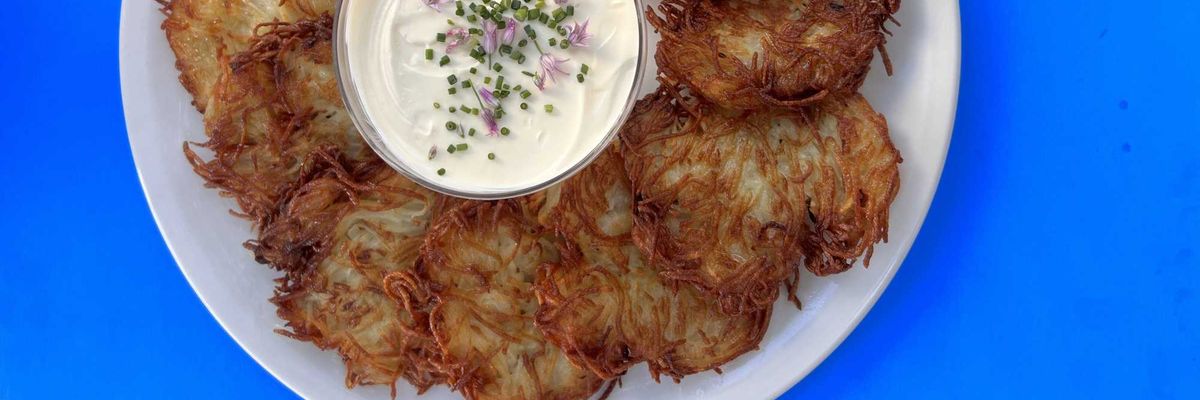Paul Einbund is the wine director of the Slanted Door restaurant group. He's also worked as the sommelier at Frances, Coi and more. Look for him here every Tuesday. Follow him on Twitter @pauleinbund.
Americans have historically been the largest market for Madeira wines in the world. Now most of us only know the stuff as cooking wine. All this is a’changing!
What is it? Madeira is a wine made on the island of the same name that hangs a Portuguese banner. The wines are fortified (think Port and Sherry). To oversimplify things, let’s just say that all of the methods used to make these wines expose the wine to oxygen, more so than the usual wine-making techniques. The wines end up with a caramel color (sometimes added with coloring). But more importantly, they end up much more resistant to the affects of oxygen than any other wine.
Why drink it? From my experience, Madeira improves for about three weeks after being opened and then stays the same for about the next year! You can’t say that about too many wines. Madeira is one of the greatest glasses of wine you can order in a restaurant. I rarely order wines by the glass in restaurants because often the bottles have been open too long and don’t taste fresh. Madeira doesn’t have that problem.
Which Madeira to drink? It’s kind of a funny thing to say ‘forward thinking’ in a wine region where drinking wines from 100 years ago is common practice, but Vinhos Barbeito is arguably the most forward-thinking producer on the island. Ricardo Diogo Freitas is the managing director for Vinhos Barbeito and he is breaking with tradition in some ways by making wines that you can drink young. (Mind you, young for the island of Madeira is still 10 years or more, but that’s a whole lot better then the 30-plus years I had been using as my minimums in the past.) He's releasing single-cask, single-vintage wines called colheita (prounounce cole-yet-ah). A bottle retails for $50 to $70 but you have little sips of for at least the next year. Now that represents incredible value. In a restaurant, these wines range from $8 to $15 a glass, or you can indulge in an old vintage wine that goes up to $100 a glass for the rarer grapes from the 1800’s!
What to pair it with? I enjoy a glass of Madeira at the end of a meal or when I get home from work, but the wines can be amazingly great with food as well. Try a Sercial (the driest of the major grapes) as an aperitif. If you happen to be enjoying a little puff pastry with wild mushrooms and herbs, then consider a sip of Verdehlo (also a dry grape, but a little tropical, as opposed to the citrus of the Sercial). Because Madeira has a caramel or toffee element to its wines, the sweetness or perceived sweetness allows them to be amazing with Asian cuisines like—oh, say Vietnamese.
Where to get it? The best place to purchase Madeira for your home is absolutely the Rare Wine Company. They are also the largest premium importer of these wines. Otherwise, both Spruce and Coi have a great selection.




















